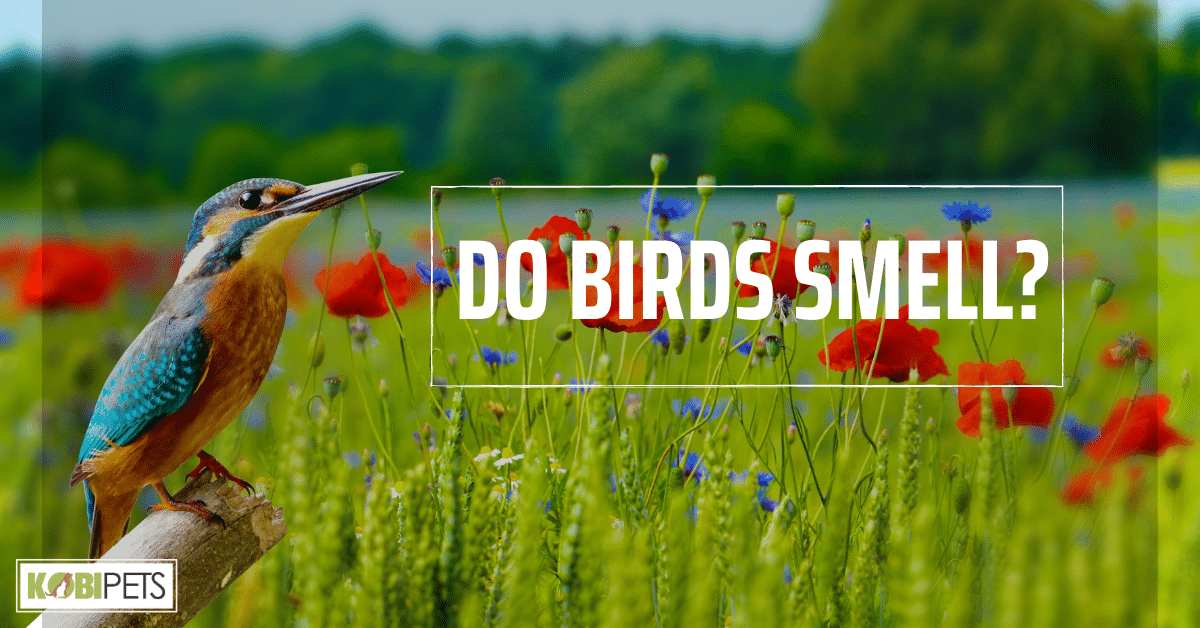
Contrary to popular belief, birds do have a sense of smell. Recent research shows that many bird species, like the albatross, rely on their olfactory senses for activities such as navigation and foraging. Hence, it’s time to dispel the myth that our feathered friends are anosmic!
For centuries, the prevailing notion has been that birds lack the ability to smell. However, this article aims to unravel this misconception and shed light on the remarkable olfactory capabilities of birds, highlighting their often-overlooked sensory world. Join us as we explore how birds perceive and interact with their aromatic surroundings, revealing a lesser-known facet of avian biology.
The Evolutionary Backstory of Birds and Smell
Birds, it turns out, have a fascinating evolutionary connection to their olfactory abilities. As descendants of reptiles, they carry the genetic legacy of their ancient ancestors, including olfactory genes. While in some species these genes might have been reduced or modified over time due to various environmental pressures, they still play a pivotal role in the sensory toolkit of many birds.
The development of a more or less acute sense of smell in certain bird species can be attributed to their evolutionary history and ecological niches. For instance, species that rely heavily on scent for activities like foraging or navigation may have retained or even enhanced their olfactory capabilities.
Conversely, birds that have adapted to environments where visual or auditory cues are more critical might have seen a reduction in their olfactory genes. These adaptations provide a captivating glimpse into the intricate dance of evolution and how it shapes the sensory world of our avian companions.
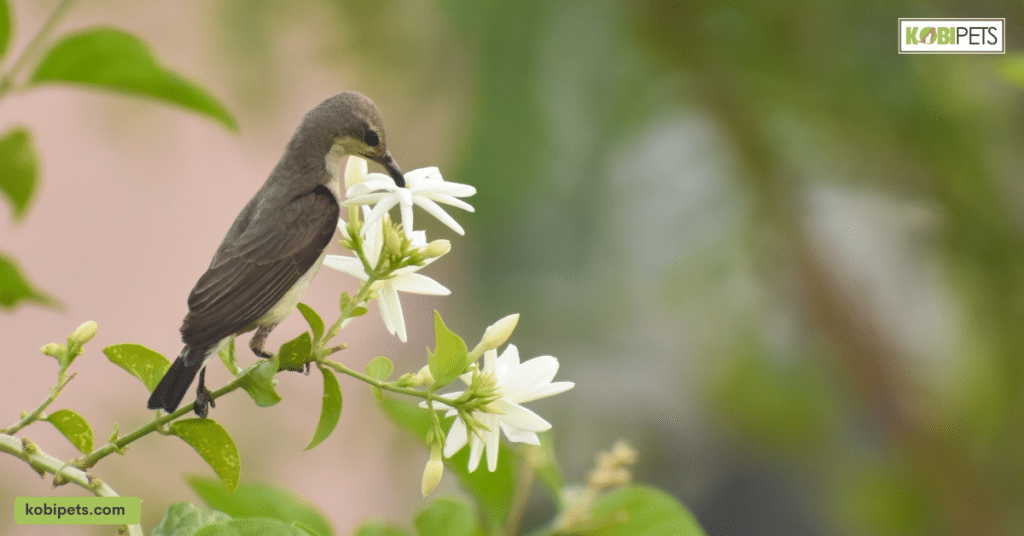
Bird Species with Notable Smelling Abilities
In this section, we’ll delve into the intriguing realm of avian olfaction and shine a spotlight on specific bird species that have honed their smelling abilities to perfection. From the majestic albatross to the endearing kiwi, and the astonishing vulture, these birds offer captivating insights into the extraordinary ways in which they use their olfactory senses in their day-to-day lives.
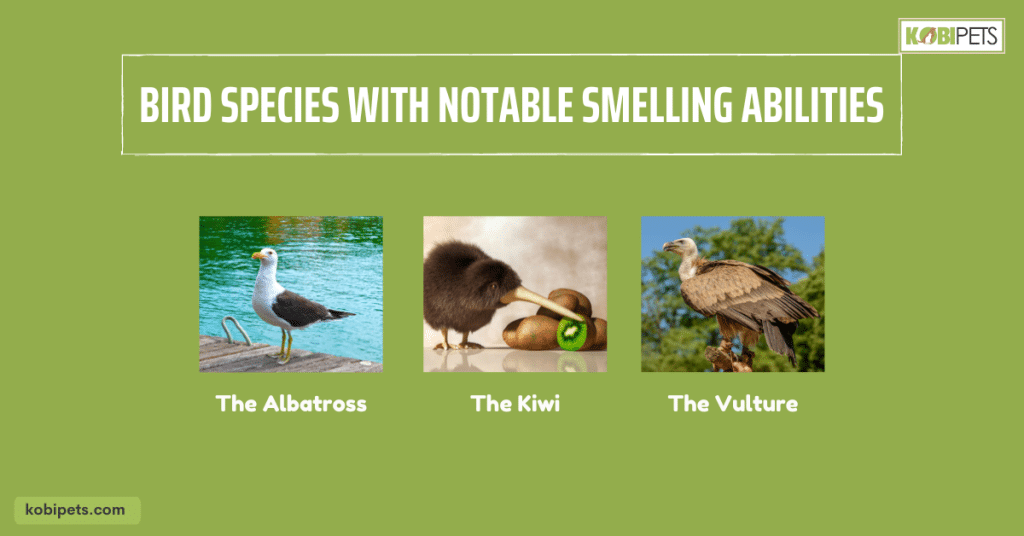
Bird Species with Notable Smelling Abilities
The Albatross: Navigating Vast Oceans by Smell
The albatross, often referred to as the “wandering albatross,” is renowned for its ability to cover vast distances over the open ocean. But what’s truly remarkable is how it navigates this seemingly featureless expanse. Recent research suggests that albatrosses rely on their keen sense of smell to locate food sources, detecting the scent of prey from astonishing distances.
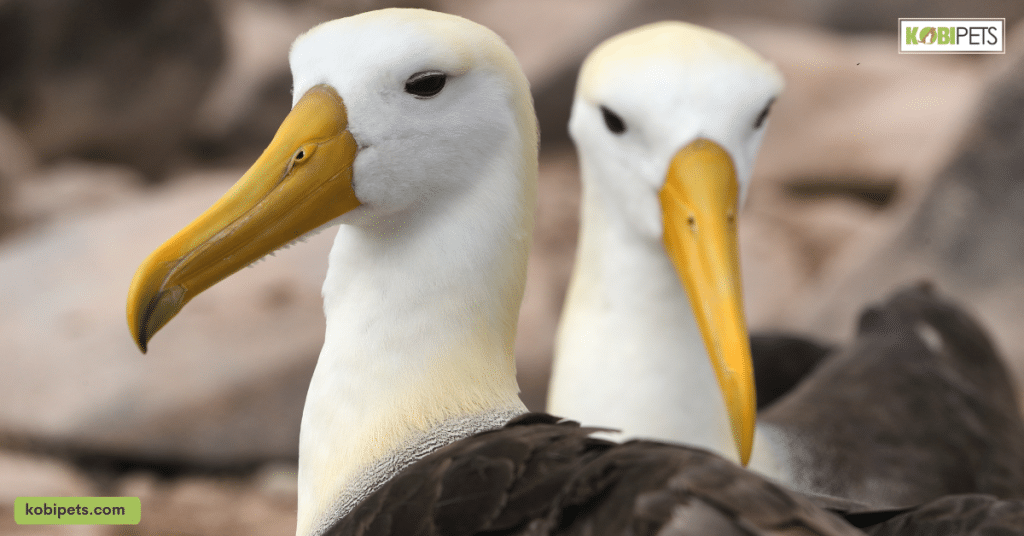
The Kiwi: A Master of Foraging in the Dark
In the dense forests of New Zealand, the kiwi, a flightless and nocturnal bird, has evolved to become a master of foraging. Despite its small eyes and nocturnal habits, the kiwi relies heavily on its sense of smell to locate insects and grubs hidden beneath the forest floor. This unique adaptation allows it to thrive in an environment where other senses might be less effective.
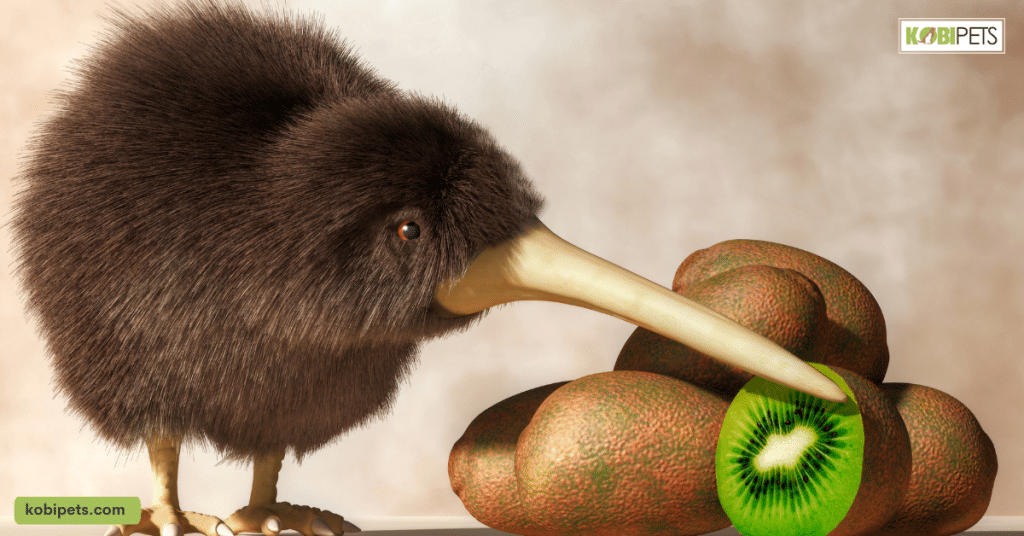
The Vulture: Nature’s Cleanup Crew with a Keen Nose
Vultures, often associated with scavenging carrion, possess an incredible sense of smell. They can detect the scent of decaying flesh from high in the sky, guiding them to potential food sources. Their olfactory abilities are so acute that they can locate a carcass from miles away, playing a crucial role in maintaining ecosystem health.
As we’ve explored the olfactory prowess of the albatross, kiwi, and vulture, it becomes evident that the world of birds is far more nuanced than we often assume. These birds serve as compelling examples of the diverse ways in which avian species have harnessed their sense of smell to survive and thrive in their respective habitats.
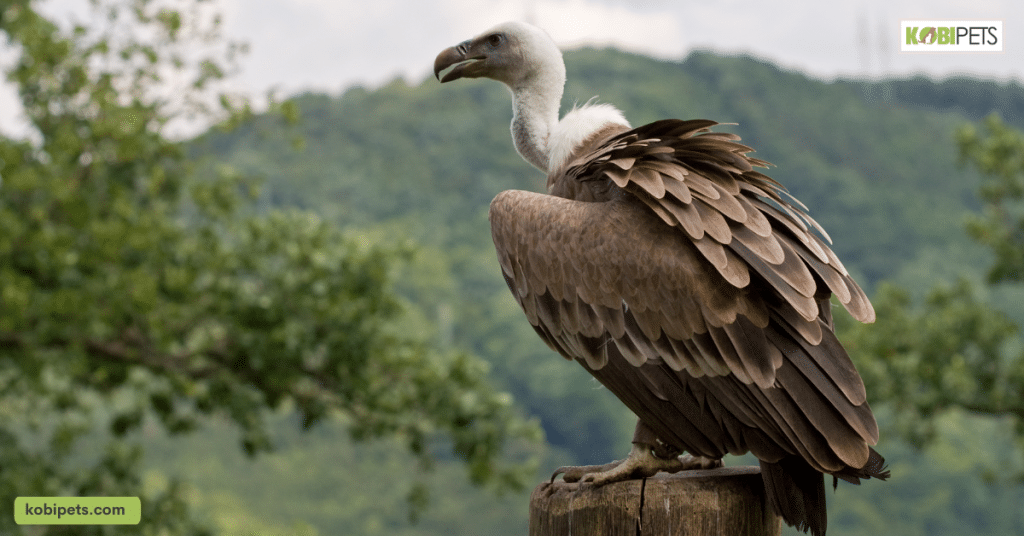
Functional Uses of Smell in Avian Activities
Birds, often celebrated for their visual and auditory prowess, harbor a well-kept secret – their remarkable ability to use smell in various aspects of their lives. In this section, we will embark on a journey through the avian olfactory world, uncovering how birds employ their sense of smell for navigation, foraging, mate selection, and even staying one step ahead of predators.
- Navigation by Odor: Explore how some birds, like homing pigeons, use scent cues to find their way home across vast distances.
- Foraging Expertise: Discover how species such as the kiwi and turkey vultures employ smell to locate food sources, even in challenging environments.
- Mating Signals: Delve into the role of pheromones and scent in the courtship and mate selection of birds, with intriguing examples from the avian kingdom.
- Detecting Predators: Learn how birds like ground-nesting species use their keen sense of smell to detect the presence of potential threats and enhance their survival.
From the sky to the forest floor, and even in the intricate dance of courtship and survival, birds have proven time and again that their olfactory abilities are far from underutilized. The research and experiments detailed in this section offer a glimpse into the remarkable adaptations that have evolved over millions of years, allowing our feathered friends to thrive in their diverse habitats.
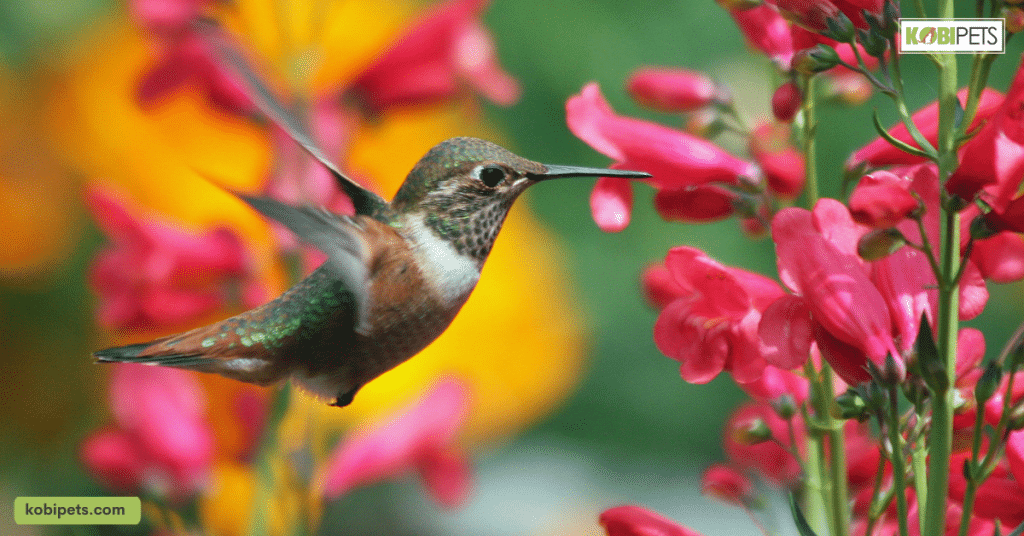
Comparing Birds to Other Animals: A Sense of Perspective
Birds, often considered masters of flight and song, also play a role in this symphony of senses. In this section, we’ll embark on a comparative journey, pitting the olfactory capabilities of birds against those of other remarkable animals like dogs, sharks, and humans. Through this exploration, we aim to gain a deeper understanding of where birds stand in the diverse landscape of olfaction.
| Animal | Olfactory Abilities |
|---|---|
| Dogs | Renowned for their acute sense of smell, dogs use their noses for tracking, search and rescue, and even medical diagnostics. |
| Sharks | Despite living in water, sharks possess a keen sense of smell, allowing them to detect prey from great distances. |
| Humans | Humans have a relatively weaker sense of smell compared to many animals but still rely on it for detecting odors and flavors. |
| Birds | Avian olfaction varies widely across species, with some birds like vultures and kiwis demonstrating impressive smelling capabilities, while others rely more heavily on other senses like vision and hearing. |
The world of olfaction is as diverse as the creatures that inhabit it. While birds may not always steal the spotlight in the realm of smell, their abilities and adaptations showcase the breadth of nature’s solutions to the sensory challenges of different environments.
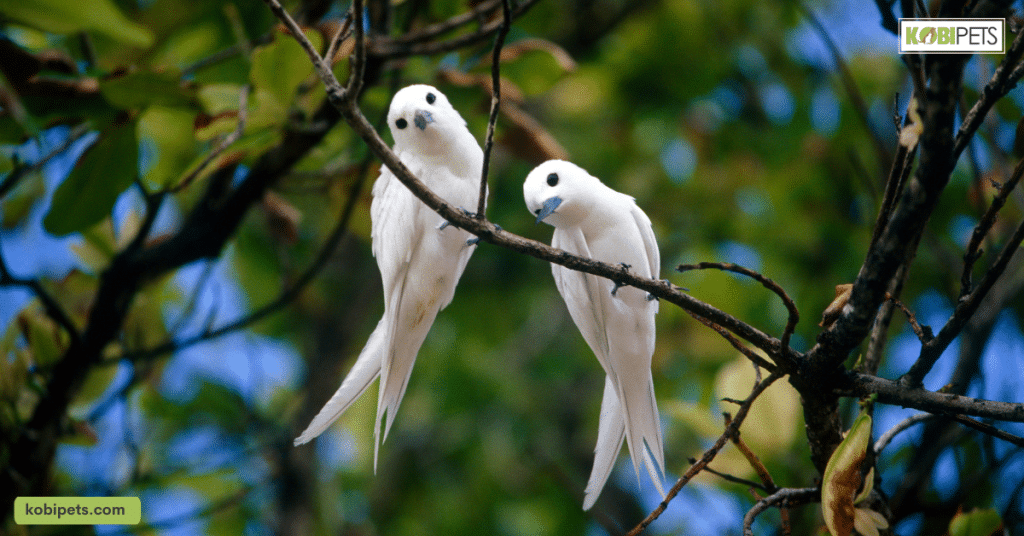
Conclusion
In our exploration of birds’ olfactory world, we’ve uncovered a rich and surprising dimension of their sensory abilities. Birds, often celebrated for their visual and auditory skills, have demonstrated their proficiency in using smell for navigation, foraging, mate selection, and detecting danger.
Comparing birds to other animals like dogs, sharks, and humans highlights the diverse spectrum of olfactory talents across the animal kingdom. Birds, too, have carved their niche within this intricate tapestry, showcasing their unique adaptations.






